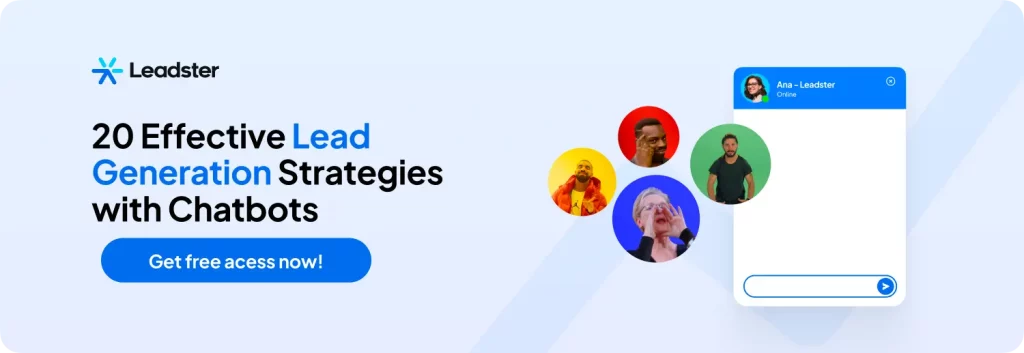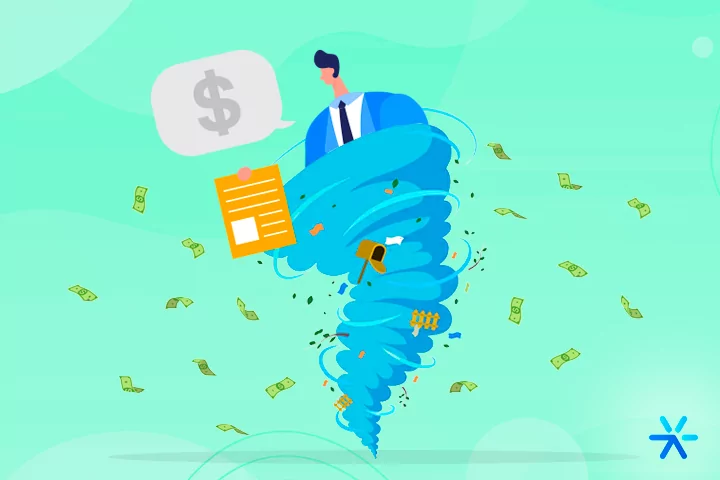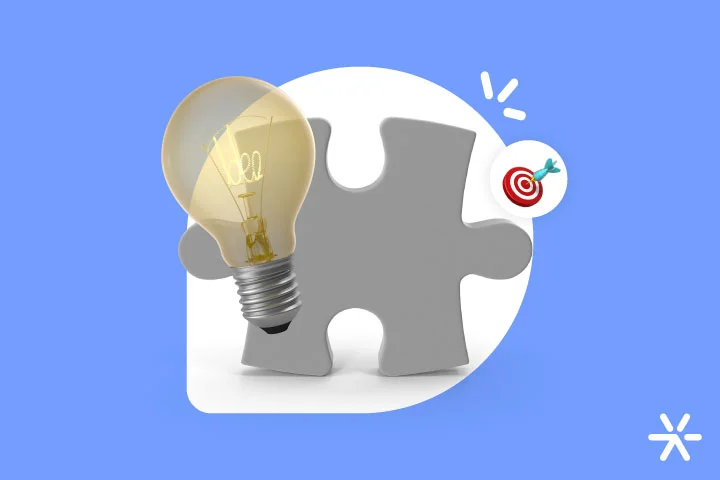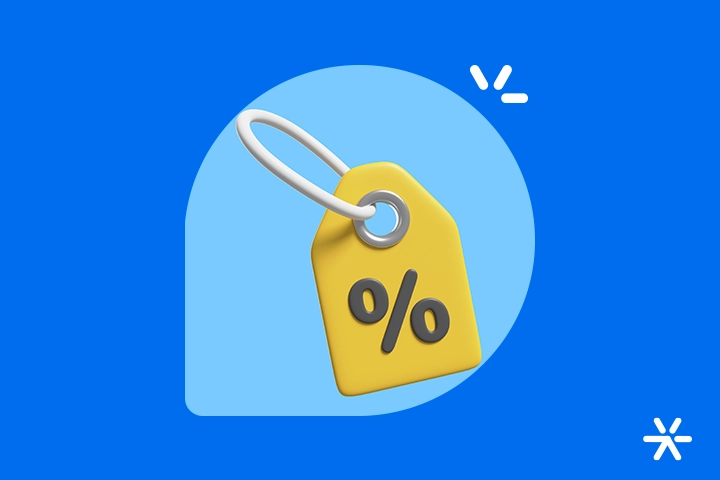Spin Selling: How to Apply the Methodology to Sell More
Have you heard about the Spin Selling sales method?
In this article, we’ll explain how it works, what its stages are, its pros and cons, and why the methodology, created more than 30 years ago, remains relevant today.
Learn more about this powerful ally for sales professionals.
Keep reading!
What is the Spin Selling Methodology?
Created in 1988 by Neil Rackham in the book “SPIN Selling”, this sales methodology guides salespeople on the best questions to ask to understand a client’s situation and apply the most effective sales approach.
The goal is to guide the negotiation gradually, leading the customer to conclude for themselves that the offered solution is what they truly need.
What Does the SPIN Acronym Stand For?
The method uses four types of questions: Situation, Problem, Implication, and Need-Payoff.
In English, these words form the acronym that gives the methodology its name:
- Situation
- Problem
- Implication
- Need-Payoff
Let’s break down each category:
Situation
The first set of questions is meant to gather information and understand the customer’s context.
The salesperson needs to figure out who the client is, how they got there, and their stage in the sales funnel.
Some example situation questions:
- What is your role at the company?
- How does “x” affect your day-to-day operations?
- Who is your current provider and why did you choose them?
🔎 Also read: 10 B2B Prospecting Strategies from Top Companies
Problem
In this stage, a good salesperson helps the customer uncover problems, dissatisfactions, and difficulties they face.
The questions guide the potential customer while helping the seller understand the lead’s profile.
Examples:
- Do you have the capacity to take on more clients?
- Does your current provider meet all your needs?
- What’s your biggest challenge when it comes to generating leads?
When you begin asking about their problems, the customer naturally starts searching for a way out.
Implication
Implication questions highlight the consequences of the identified problems.
What kind of issues do these problems cause?
What happens if they aren’t resolved?
What improves if they are?
Examples:
- How much time and resources are you losing?
- What is this problem costing you or your company?
- If you could reduce this cost, where would you reinvest that extra budget?
🔎 You may also be interested in: 9 Sales Triggers That Still Work in 2022
Need-Payoff
Finally, the salesperson must lead the customer—through targeted questions—toward an ideal scenario in which the offered solution addresses their problems and implications.
At this point, the product or service becomes a necessity.
Examples:
- What kind of service or product could resolve this issue?
- What would happen if we increased your sales by X%?

What Are the Stages of Spin Selling?
Applying these questions in a structured and sequential way is what makes this methodology so effective at helping the customer feel like they reached the solution on their own.
The Spin Selling stages are:
Opening
The opening stage is brief and begins the sales interaction.
It’s focused on starting a dialogue—not on the product or company, but on the lead’s world.
The goal is to gain the lead’s attention and begin building trust.
The salesperson should make a strong first impression and position themselves as a consultant.
Often, this first contact is the opening, and the next stages happen later—during a meeting or call. If that’s the case, end the interaction with a clear invite to continue the conversation.
Investigation
This is the most important phase of the methodology.
It’s where the SPIN questions are applied to identify and clarify the lead’s pain points.
According to Rackham, a well-structured questioning strategy can improve your close rate by up to 20%.
Demonstrating Capability
Once you’ve connected your solution to the customer’s needs, it’s time to prove that what you’re offering is indeed the best fit.
According to the author, there are three ways to do this:
- Presenting features
- Presenting advantages
- Presenting benefits
The biggest emphasis should be on benefits—they’re what customers value most and what increase the perceived value of your solution.
Obtaining Commitment
This final stage is where the deal is closed.
The salesperson will likely need to address some objections, so they must be well-prepared.
If the strategy has worked, the prospect may close the deal or at least show interest in continuing the relationship.
The sales team’s work doesn’t end here.
Pros and Cons of This Methodology
Like any methodology, Spin Selling has its advantages and disadvantages.
Advantages:
- Strong focus on the customer
- Builds trust between salesperson and prospect
- Provides deeper insight into customer pain points
- Creates long-term relationships that can lead to referrals
- Makes negotiations more persuasive and personalized
Disadvantages:
- Since it’s more personal, sales automation becomes limited
- Requires training to properly implement
- Some clients may not be open to answering so many questions
Conclusion
It’s up to you to analyze, test, and decide whether the Spin Selling methodology is right for your sales team.
Apply our tips and start exploring this popular and persuasive technique!








